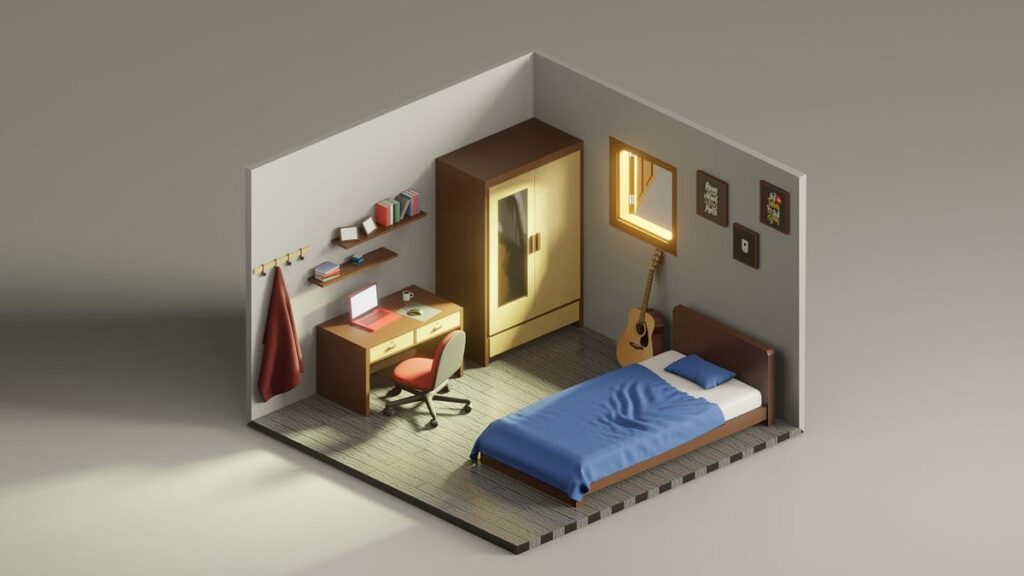The Abbydraw Approach to 3D and Isometric Designs
The Abbydraw Approach to 3D and Isometric Designs In the ever-evolving landscape of graphic design, innovation takes center stage at Abbydraw. Our commitment to pushing the boundaries of creativity is vividly manifested in the mesmerizing world of 3D and isometric designs. These design techniques, harnessed with precision and artistry, not only add depth and realism but also define a distinctive identity for Abbydraw. Join us on a journey through the dimensions of design as we unveil our unique approach to 3D and isometric designs. Crafting a Three-Dimensional Symphony At Abbydraw, the transition from flat to three-dimensional design is not just a visual evolution; it’s a symphony of creativity. We embrace 3D designs as a medium to breathe life into concepts, be it logos, product illustrations, or entire brand identities. The third dimension introduces layers of depth, transforming static visuals into dynamic, eye-catching compositions. Isometric Designs: A Perspective of Perfection The isometric perspective has become a hallmark of Abbydraw’s design philosophy. We view isometric designs not merely as illustrations but as a unique way of storytelling. Each angle, every line, and meticulously crafted detail in our isometric designs contribute to a visual language that is both balanced and enchanting. This distinctive perspective adds a touch of magic to the ordinary, making our isometric designs stand out. Brands with a Three-Dimensional Identity Branding goes beyond logos and color palettes; it’s about creating a memorable and immersive experience. Abbydraw pioneers the integration of 3D elements into brand identities, offering clients a dynamic visual identity that captures attention and resonates in a way that two-dimensional designs often struggle to achieve. Our 3D branding approach breathes vitality into brand elements, making them unforgettable. Interactive Web Journeys with 3D The online experience is no longer confined to flat designs. Abbydraw takes a leap into the future with 3D web designs that transform static websites into interactive and engaging journeys. From dynamic product showcases to seamlessly animated transitions, our 3D web designs redefine the user experience, ensuring that every click is a captivating exploration. Depth in Illustration: Adding Layers to Storytelling Illustration is a narrative in visual form, and at Abbydraw, we believe that depth enhances the storytelling potential of illustrations. Whether creating editorial visuals, concept art, or narrative illustrations, the addition of the third dimension allows us to craft scenes that are rich in detail. This immersive quality ensures that our illustrations leave a profound impact on the viewer. Architectural Realism through 3D Visualization The architectural world is brought to life through Abbydraw’s expertise in 3D visualization. Our realistic representations of architectural designs not only aid in the planning and design stages but also serve as a powerful marketing tool. Prospective clients and stakeholders can virtually experience spaces before they come into existence, thanks to our meticulous 3D visualization. Isometric Infographics: Clarity in Complexity Abbydraw redefines the art of simplifying complex information with isometric infographics. By leveraging the isometric perspective, we transform intricate concepts into visually appealing infographics. This not only adds an aesthetic layer but also enhances the clarity of communication, making complex data more digestible for audiences. Abbydraw’s approach to 3D and isometric designs is not just about keeping up with design trends; it’s about redefining the possibilities of visual storytelling. Our mastery of three-dimensional elements elevates designs from ordinary to extraordinary, setting new standards in the graphic design landscape. Explore the dimensionality of design with Abbydraw, where every project is an immersive journey into creativity, depth, and innovation.
The Abbydraw Approach to 3D and Isometric Designs Read More »



